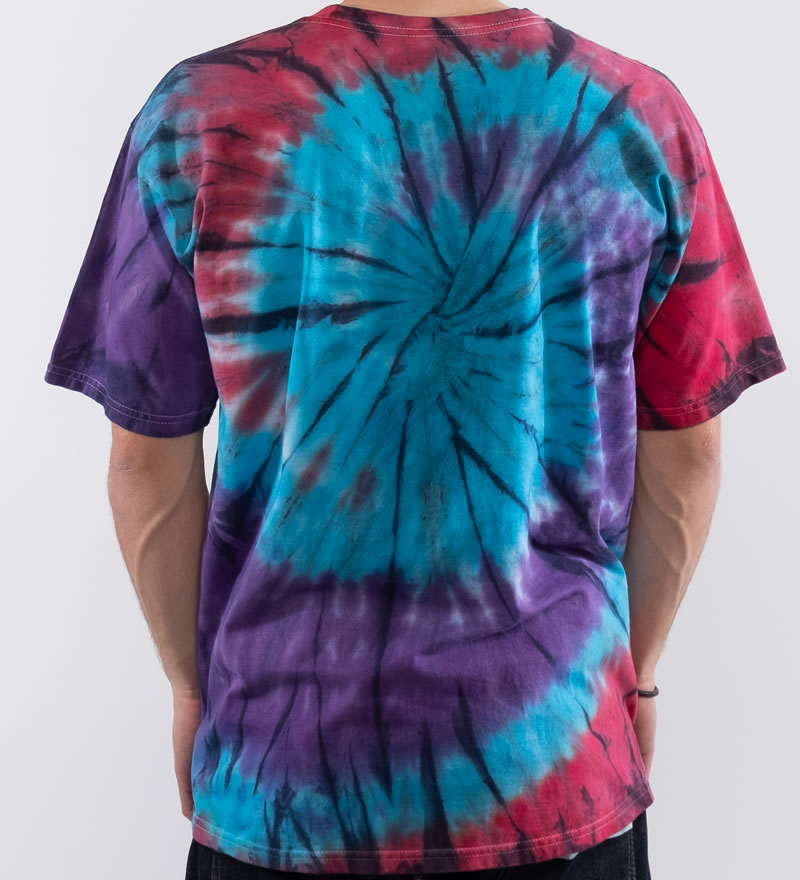Introduction: The 1960s was a decade marked by significant social and cultural changes, and one of the most iconic symbols of that era was the tie-dyed t-shirt. Associated with the hippie movement, tie-dyed tees became a vibrant expression of rebellion, peace, and individuality. In this historical blog, we’ll take a colorful journey through the world of hippies and tie-dyed t-shirts, exploring their origins, significance, and lasting impact on both fashion and culture.
The Birth of Hippie Culture: The term “hippie” originated in the early 1960s, and these countercultural youth rejected mainstream values and embraced a lifestyle centered around peace, love, and freedom. Hippies advocated for civil rights, environmentalism, and opposition to the Vietnam War. They sought a utopian society characterized by communal living, psychedelic experiences, and a rejection of consumerism.
The Tie-Dye Revolution: Tie-dyeing had been around for centuries in various cultures but became a hallmark of the hippie movement. It was a DIY art form that allowed individuals to express their creativity and individuality. The process involved folding and binding fabric with rubber bands, then applying different colored dyes to create intricate, psychedelic patterns.
Symbolism of Tie-Dye: Tie-dyed tees were more than just fashionable garments; they were a symbol of peace, love, and unity. The vibrant colors and intricate designs reflected the psychedelic experiences of the era, often resembling swirling galaxies or kaleidoscopic visions. Tie-dye was seen as a way to break free from the conformity of the 1950s and embrace a more liberated, free-spirited lifestyle.
Woodstock and the Tie-Dyed Revolution: The Woodstock Music & Art Fair in 1969 epitomized the tie-dye and hippie culture. Hundreds of thousands of people gathered for a weekend of music, art, and love. Tie-dyed tees were a ubiquitous sight, worn by both performers and attendees. The festival became a symbol of the counterculture’s ideals and its commitment to peace and harmony.
Tie-Dye and Music: Music played a significant role in the hippie movement, and tie-dye was closely associated with rock and folk musicians of the era. Bands like the Grateful Dead, Jimi Hendrix, and Janis Joplin often wore tie-dyed attire, further cementing its place in popular culture.
The Enduring Legacy: While the 1960s counterculture faded with the end of the decade, tie-dyed tees have never gone out of style completely. They experienced resurgences in the 1970s, 1990s, and even the 21st century. Tie-dye remains a symbol of rebellion, self-expression, and peace.
Hippies and tie-dyed tees left an indelible mark on the cultural landscape of the 1960s. They challenged the status quo, promoted peace and love, and created a vibrant and enduring fashion trend. Today, tie-dye continues to be a symbol of individuality, artistic expression, and the timeless message of unity and peace that the hippie movement advocated for over half a century ago. It’s a colorful reminder that the spirit of the 1960s lives on in our hearts and wardrobes.






